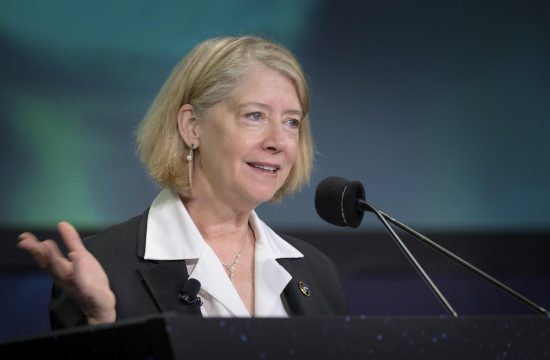 Paris– Following intense work during the past weeks between all partners involved with the EDRS programme, in particular the European Commission, ESA and Airbus, the business prospects of EDRS have been consolidated.
Paris– Following intense work during the past weeks between all partners involved with the EDRS programme, in particular the European Commission, ESA and Airbus, the business prospects of EDRS have been consolidated.
Based upon this consolidation, ESA fully intends to continue with the deployment of the entire EDRS programme, along with all the partners concerned, including the launch of the EDRS-C satellite.
A meeting is now planned on 28 January between the two main partners, ESA and Airbus, to decide on the way to proceed with the completion of the EDRS programme.
The EDRS infrastructure is made up of two space nodes and the related ground segment :
The first of the two EDRS payloads (EDRS-A) will be carried on the Eutelsat-EB9B satellite, starting operations in 2015, and being built by Airbus Defense and Space.
The second EDRS payload, as well as the Hylas-3 payload from Avanti Communications of London, will be flown on the EDRS-C satellite. This satellite is being built by OHB AG of Bremen, Germany.
EDRS is a strategic asset for Europe, a new space data highway to relay large volumes of data very quickly so that information from Earth-observing missions can be even more readily available.
About the European Space Agency
The European Space Agency (ESA) provides Europe’s gateway to space.
ESA is an intergovernmental organisation, created in 1975, with the mission to shape the development of Europe’s space capability and ensure that investment in space delivers benefits to the citizens of Europe and the world.
ESA has 20 Member States: Austria, Belgium, the Czech Republic, Denmark, Finland, France, Germany, Greece, Ireland, Italy, Luxembourg, the Netherlands, Norway, Poland, Portugal, Romania, Spain, Sweden, Switzerland and the United Kingdom, of whom 18 are Member States of the EU. Two other Member States of the EU, Hungary and Estonia, are likely soon to become new ESA Member States.








